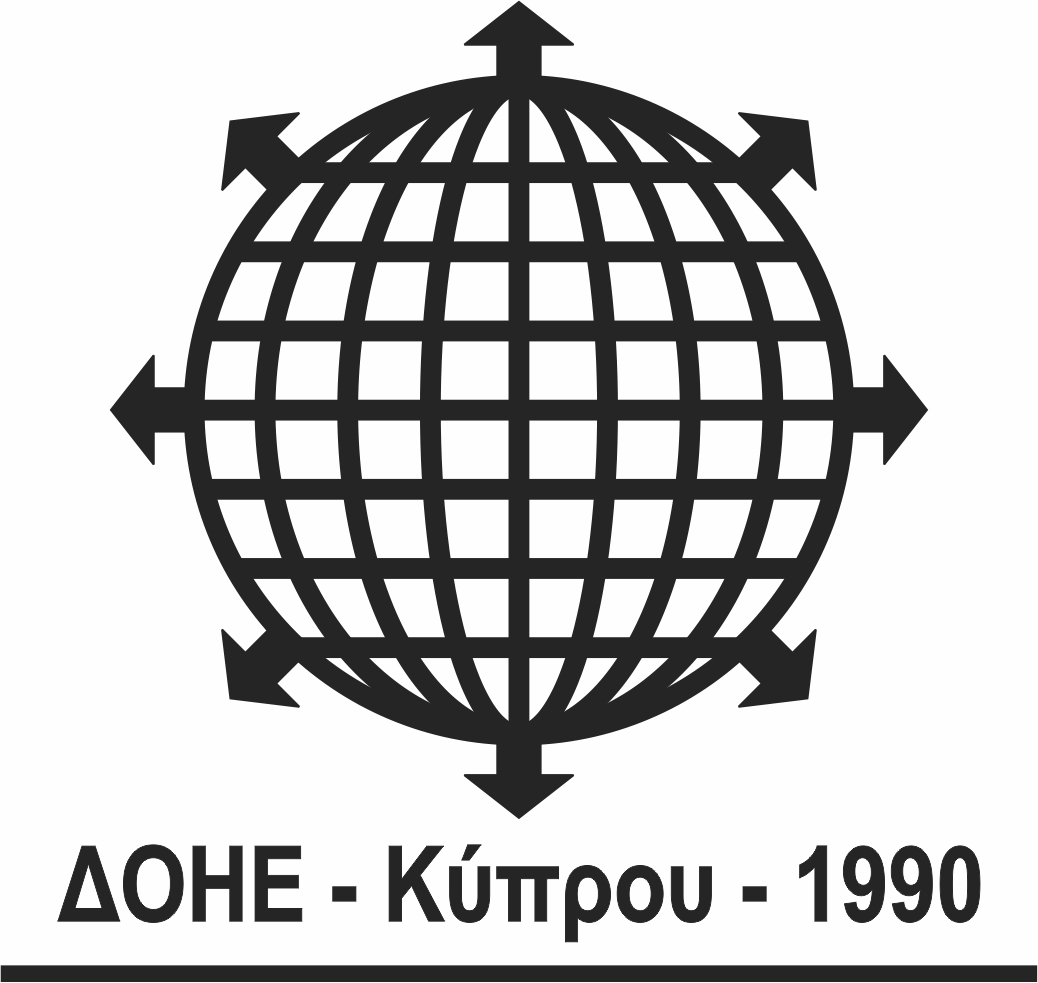
At EuroSun 2024, the winner of the 2024 IEA SHC Solar Award will be presented.
This year's IEA SHC Solar Award honours a project that reduces costs and emissions by incorporating solar thermal technologies in an industrial process.
The recipient of the 2024 Solar Award will be one of five finalist projects from France, Kenya, Spain, Uganda, and the United States - learn more about the top five panellists below.
The award will be presented on-site in Limassol on 29 August 2024.
IEA SHC Solar Award 2024 Shortlist
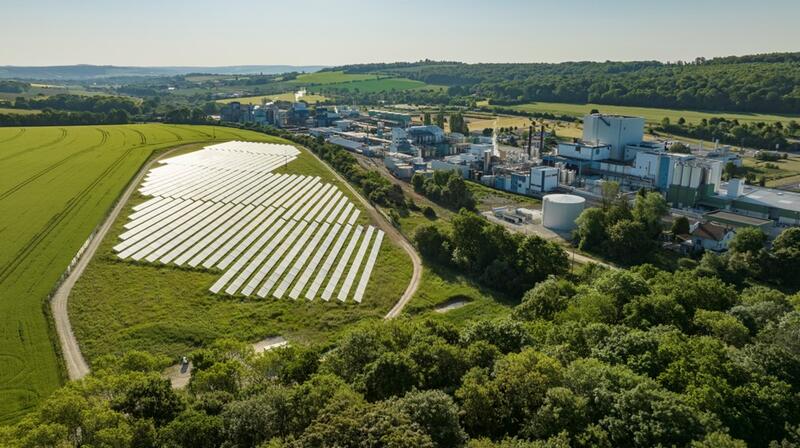
LACTOSOL - Verdun, France
LACTOSOL demonstrates an industrial process that competitively reduces gas consumption using solar heat technology at the process level.
LACTOSOL uses solar heat to convert liquid whey, a by-product of cheesemaking, into whey powder for the food industry. A gas boiler powered the drying tower used to dry the liquid whey, so it turned to solar when the company Lactalis wanted to meet its carbon footprint reduction commitment. Newheat took this opportunity to design, build, and finance the solar thermal plant using an onsite proprietary hot water loop. The results show that the solar thermal plant generates about 8,500 MWh, reducing the site’s gas consumption by 6% (11% for the drying tower and 30% for preheating needs) and CO2 emissions by 2,000 tons per year.
LACTOSOL is France's largest solar thermal plant and the second largest in Europe, serving an industrial site. The process level integration of this project is a unique showcase of the potential to decarbonize heat in industrial processes competitively and effectively. The project was developed under the “Heat as a Service Scheme,” with Newheat as a majority shareholder and EPC contractor, thus taking on the technical and financial risk for the project. This model is particularly promising for developing industrial solar heat – it allows the industrial heat consumer to focus on their core business.
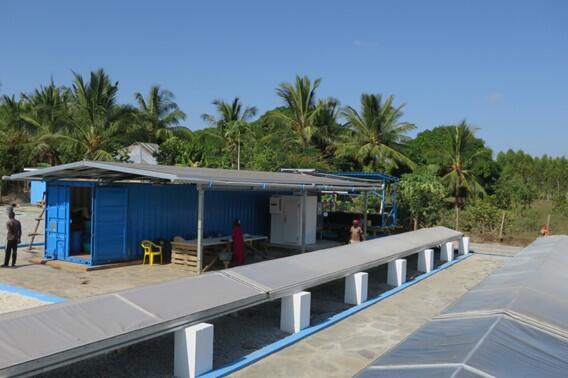
SolCoolDry - Mwazaro, Kenya
SolCoolDry project demonstrates the advantages of a 100% solar-powered, off-grid food processing system for ice production and drying.
The SolCoolDry project combines the advantages of solar thermal and photovoltaics for two processes: ice production and food drying. Located in the southern coastal region of Kenya, the combination of solar applications – solar thermal and photovoltaics – means the local fishermen and other farmers have a 24-hour running solar drying system to dry produce and locally produced ice for cooling fish and other produce.
The first part of the SolCoolDry system consists of a 15-kilowatt peak rooftop photovoltaic system with three inverters and a 19.2 kilowatt-hour Lithium NMC battery storage. This powers the flake ice machine and the ice storage room. The second part of the system is two solar tunnel food dryers using heated air during the day. One of the dryers is equipped with a heat exchanger supplied with heat from a 2000-liter hot water storage tank, which is heated by 12 m2 of flat-plate collectors during the day so that it can run for 24 hours. To make the system totally independent, a water treatment system is being built to use the groundwater on-site instead of an outside water supply.The success of this self-sufficient, off-grid food preservation and processing system has significantly reduced post-harvest losses and caught the attention of others. The Kenyan solar enterprise WeTu at Lake Victoria is replicating this system, and there is no doubt that this is only the beginning of similar Kenyan implemented projects.

Heineken Seville - Seville, Spain
The Heineken Seville brewery holds the title of largest solar thermal plant for industrial use in Europe and marks the first use of Concentrated Solar Power (CSP) technology in a factory, reducing gas consumption by 60%.
Heineken Seville combines thermodynamic principles and CSP technology into a factory setting for the first time. This pioneering technological advancement significantly enhances energy reliability and availability by doubling the production capacity of superheated water for industrial use. Plus, using water as a heat transfer fluid eliminates the need for synthetic oils that could potentially harm the environment. The 7-hectare solar field with 43,414 m2 of mirrors and CSP (Concentrated Solar Power) solar thermal technology has an installed thermal power of 30.38 MW and thermal storage of 68 MWh. What this means for the environment is an emissions reduction of 8,924 tons of CO2 annually and a 60% reduction in fossil fuel consumption.
With an investment of 20.47 million euros in a public-private collaboration involving ENGIE Spain, Heineken Spain, and national, regional, and local public administrations, the project is co-financed by the European Regional Development Fund (FEDER) and managed by the Institute for Energy Diversification and Saving (IDAE). Heineken Spain and ENGIE Spain have formed an alliance through a Thermal Purchase Agreement (TPA), where Heineken pays for the energy consumed and provides the land, while ENGIE commits to supplying fully renewable energy at a predetermined price. After 20 years, the solar thermal plant will transfer ownership to Heineken
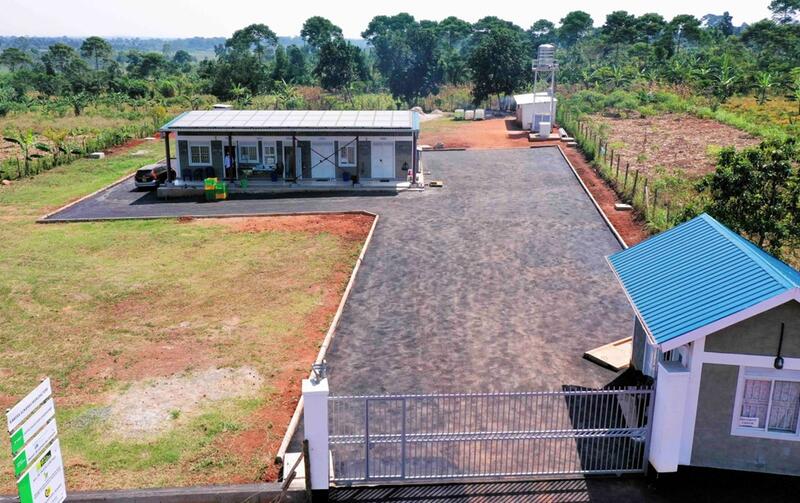
Solar Food Processing - Kangulumira, Uganda
Fruit, especially pineapples, have been sundried for decades in Uganda. However, the production process was hampered by production losses of up to 40%. This project demonstrates an integrated farm2fork system solution for a self-sufficient solar pineapple drying facility.
This holistic agriculture approach takes pineapples from the field to a 100% solar-processed product for international markets. 100% solar with a 5-year payback is achieved by combining solar heat (covering 80% of energy needs with photovoltaic (covering the remaining 20%). What makes this project, TWIGA Sun Fruits, unique is its focus on sustainability – Economic impact: local production and shortened value chain from producers to consumers; Social impact: high-quality jobs for women in rural regions; and Ecological impact: 100% solar-powered operations.
Based on appropriate technology, the system is easily adaptable to different countries and agricultural products. Its innovative use of solar thermal energy for process heat distinguishes it in sub-Saharan Africa, which hosts only 0.4% of global solar thermal applications. Additionally, integrating an ERP software solution ensures complete product traceability to the agricultural producer, enhancing transparency, including farmer payments. Partnerships are central to this project, involving cooperation with smallholder farmers, the solar company All in Trade Ltd (AiT), Makerere University (MAK), the Management Center Innsbruck (MCI), and the University of Innsbruck for expertise in food processing, energy efficiency, and renewable energies.
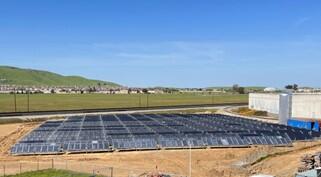
Ball Corporation - Fairfield, United States
The Ball Corporation, one of the world's largest producers of aluminum packaging specializing in beverage cans, turns to solar heat to produce up to 8 million aluminum cans daily at its Fairfield, California plant.
Using solar thermal at its Fairfield facility demonstrates why solar is a sound financial and environmental decision. This manufacturing site requires substantial heat, around 60°C (140°F), for its operational processes and product cleaning. With sustainability as a core focus, Ball Corporation embarked on a groundbreaking initiative that culminated in a collaboration with SOLID. In partnership with TIGI, SOLID designed and constructed a 3,956 m² solar heat plant boasting a thermal capacity of 2.8 MW. This project is California's largest solar thermal facility and the second largest in the United States, projected to save over 200,000 therms (5,860 MWh) of natural gas annually.
